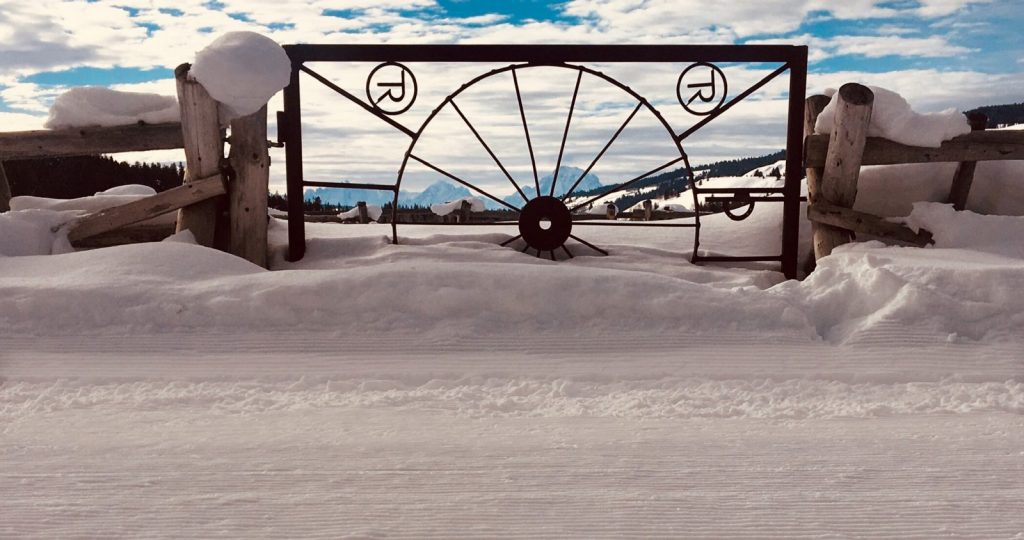Starting in mid-summer, huckleberries make their annual appearance and the time is ripe for foraging. These delicious morsels grow all over the northwest from Glacier National Park, to McCall, Idaho, and throughout the Tetons. Huckleberry treasure troves are scattered in Oregon forests, up into the Canadian territories, and sometimes as far east as Michigan.
Huckleberries have earned the adoration of many, but you cannot typically find them on grocery store shelves. To enjoy their sweet taste you may be able to find them at small independent grocery stores, or farmer’s markets. But the best way to enjoy them is through the age-old tradition of foraging. Understanding what to look for will help you reap the sweet-tart juicy benefits of this delightful quest.
What are Huckleberries?
Huckleberries are closely related to blueberries and are part of the Ericaceae family. They have a distinct taste that is slightly more tart than a blueberry. Smaller than blueberries, huckleberries come in a range of colors, from red to dark blue.
Unlike blueberries that grow in clusters, huckleberries grow as single berries. They have a bright violet juice in their interior, a stark contrast to the pale green hue of blueberries. They also have slightly bigger and bitter seeds, providing a unique taste experience. They are a low growing bushy shrub, with oval shaped leaves that often have a finely toothed edge.
Huckleberries have a rich history, treasured by Native Americans for their medicinal properties for centuries. Today, they are widely used in jams, pies, and other delectable treats. These nutritious berries are a great source of antioxidants, vitamin C, and iron.
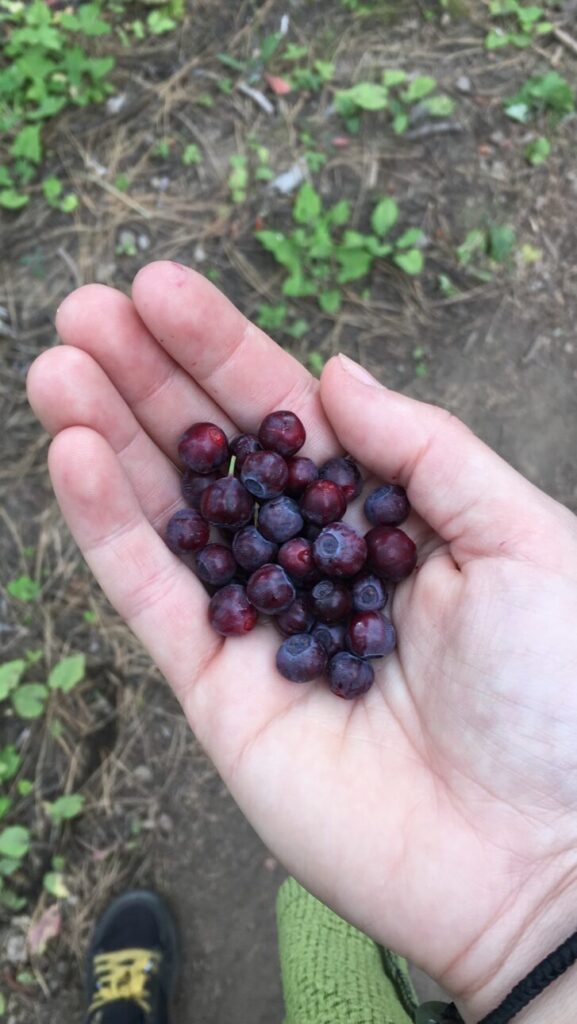
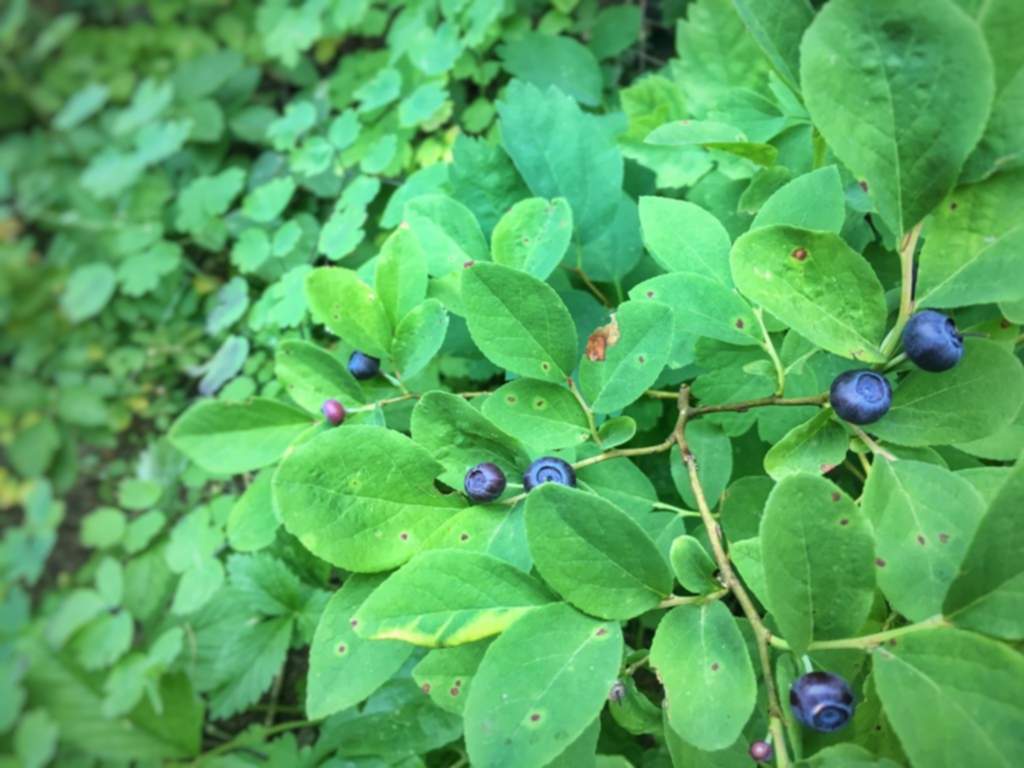
Foraging Huckleberries in the Tetons?
The million-dollar question for foraging huckleberries is where to look. Avid foragers keep their spots secret, so tagging along with an experienced huckleberry forager friend is your best chance for success.
When: Huckleberries are typically in season in the Tetons and surrounding ranges from July to early September.
Where to look when you don’t have a guide? Search for huckleberries in areas with partial to full sunlight, like old clear-cuts, burns, and heavily logged regions. Huckleberries thrive in open canopies that allow more sunlight to reach the forest floor. Look for bushes at elevations between 3,000 ft to 7,500 ft in disturbed areas, including old burn zone (20 – 50-year-old burns), ski runs, and partially-forested spots. Huckleberries can be found on both sides of Teton Pass, and in Grand Teton and Yellowstone National Parks. Explore some trail options on the JH Nordic trail search page.
Climate change is impacting huckleberry habitats, which will shift their habitats substantially to the north, leading to potential implications for the landscape and wildlife in Greater Yellowstone Ecosystem around Jackson Hole. Thoughtful foraging—pick only ripe berries, always leave some for the birds and mammals, and sustainable climate practices are vital to helping preserve the joy of huckleberry foraging for future generations.
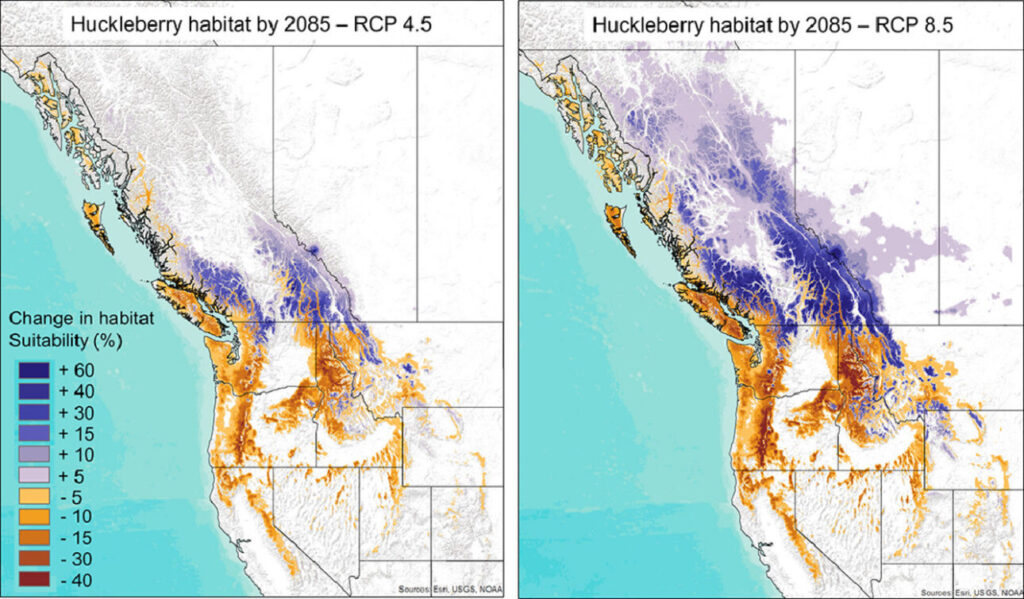
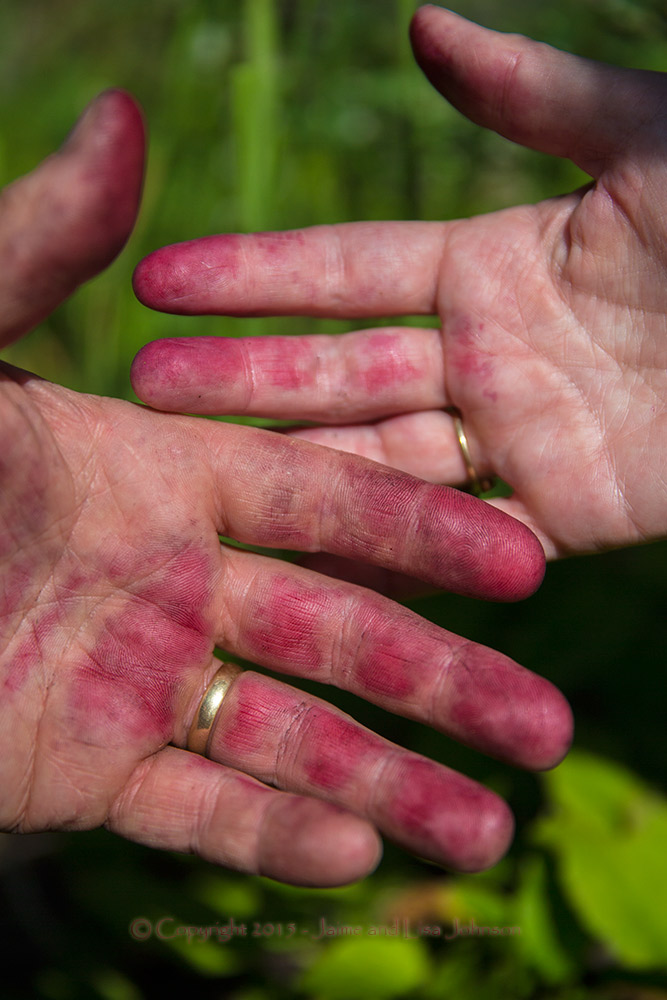
Tips for a good huckleberry forage.
Here are a few tips for how to forage for huckleberries responsibly and sustainably.
- Hand-pick only. Use your hands to pick the berries gently, leaving the plant and surrounding environment undisturbed. Avoid using tools like bush rakes that may harm the plants.
- Only pick ripe berries. To ensure you’re picking ripe berries, look for colors ranging from blue to purple, indicating full ripeness. Avoid picking red or green berries as they may not be fully matured. They should roll off into your hand with only a little pull.
- Pick for personal use. Only pick berries for personal consumption. Avoid over-harvesting, which can disrupt the local ecosystem and wildlife. In Grand Teton National Park, berry collecting is an exception to the leave-no-trace rule. So, you can enjoy berry picking with a limit of one quart per species per person per day.
- Species verification. Use a plant guidebook to be sure you are foraging for huckleberries. There a poisonous berry species that may grow in the area.
- Carry bear spray and be bear aware. Bears love these berries perhaps even more than we do. Foraging with friends, sharing conversation and paying attention to your surroundings are great habits to maintain.
Bears love berries too.
Humans are not the only ones drawn to the delightful taste of huckleberries. The bears of the Greater Yellowstone Ecosystem are particularly fond of this fruit. Huckleberries are a key food source for grizzlies during the summer, contributing significantly to their diet as they prepare for hibernation. When foraging, it’s essential to be mindful of your surroundings and carry bear spray. And remember, we are sharing the harvest with other animals who count on berries as a vital food source.
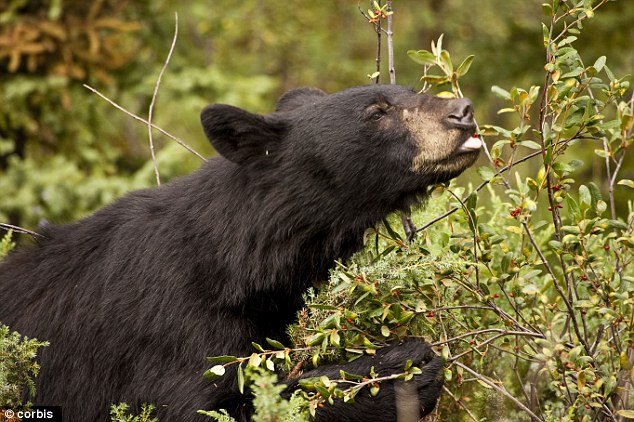
Favorite huckleberry treats?
Now that you have a bucket of foraged huckleberries (unless you ate them all while foraging, which does happen sometimes), it’s time to get creative in the kitchen! Here are a few delicious ideas.
- Huckleberry Pancakes: A fun twist on the classic blueberry pancake. Stash a mason jar with huckleberries in your freezer for a huckleberry pancake treat in January.
- Huckleberry Compote: Top your ice cream, stir into yogurt, or spoon over roasted elk or pan-seared salmon.
- Huckleberry Ice Cream: Arguably one of the best huckleberry pairings. Make it at home or treat yourself to a milkshake from the Victor Emporium.
- Huckleberry Simple Syrup: Make a batch of this huckleberry simple syrup and you can make huckleberry lemonade or grab some rum, limes, and mint for huckleberry mojitos.
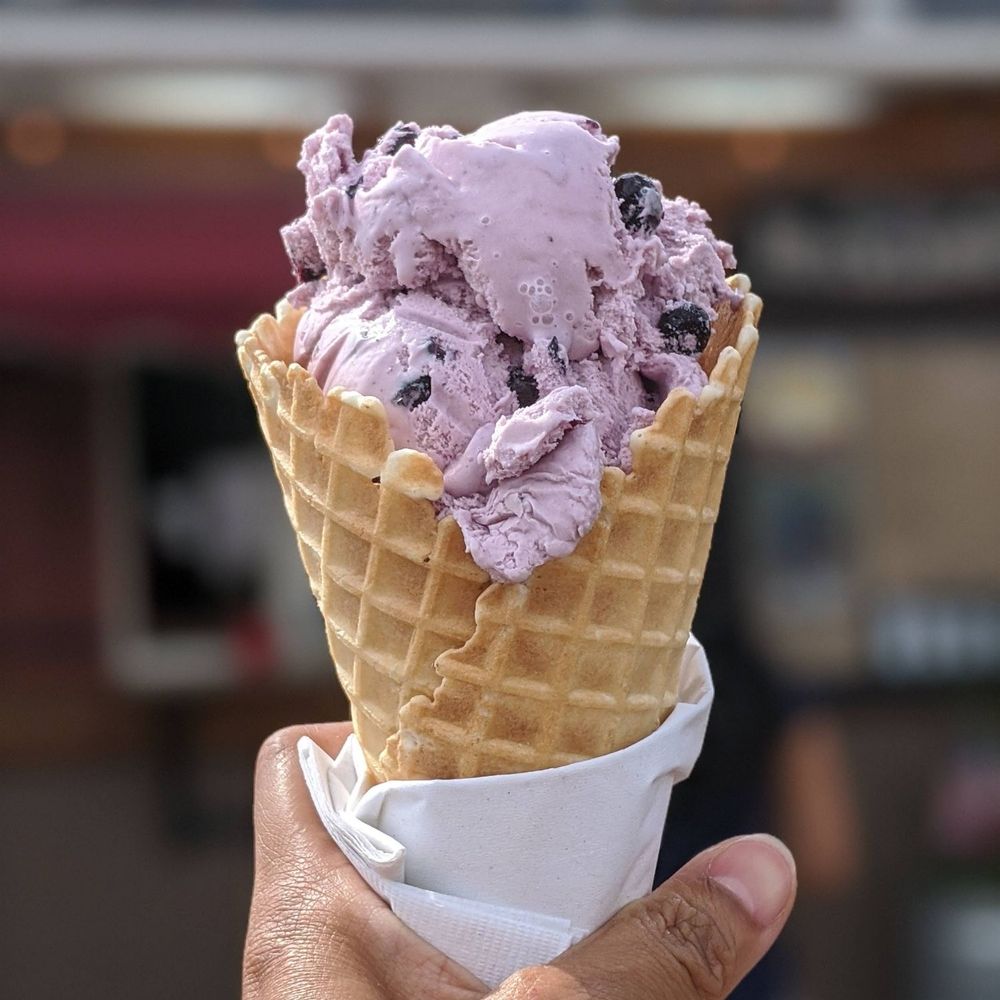

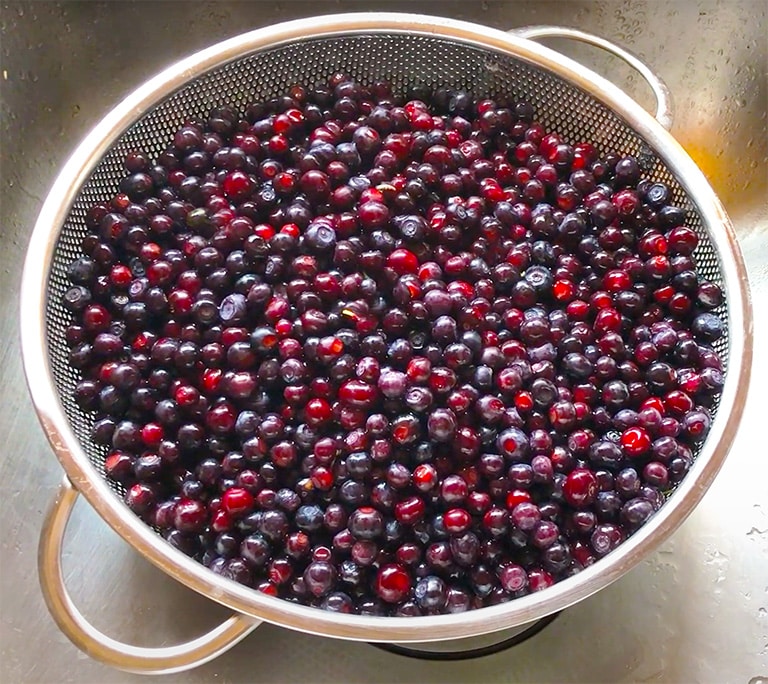
Huckleberry foraging around Jackson Hole, Wyoming, and Teton Valley, Idaho, is a delightful adventure with rich rewards. Understanding huckleberry characteristics, sustainable foraging practices, and bear awareness ensures a fulfilling and responsible experience.
Grab your basket, head into the woods, and savor these delicious wild treasures. Happy huckleberry foraging!


